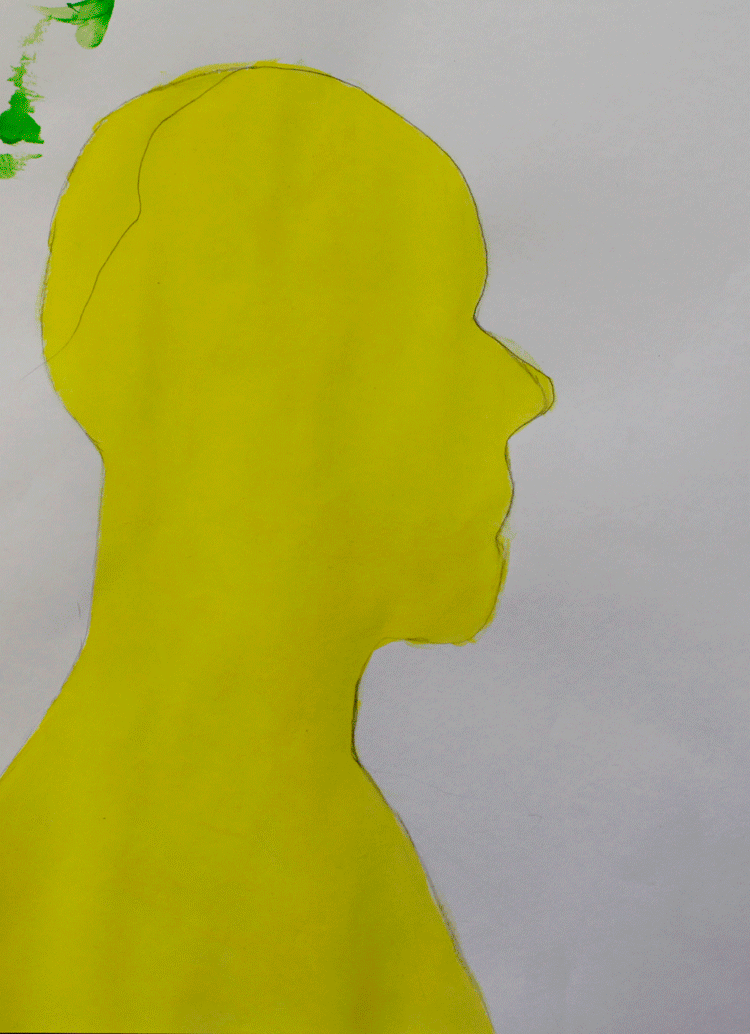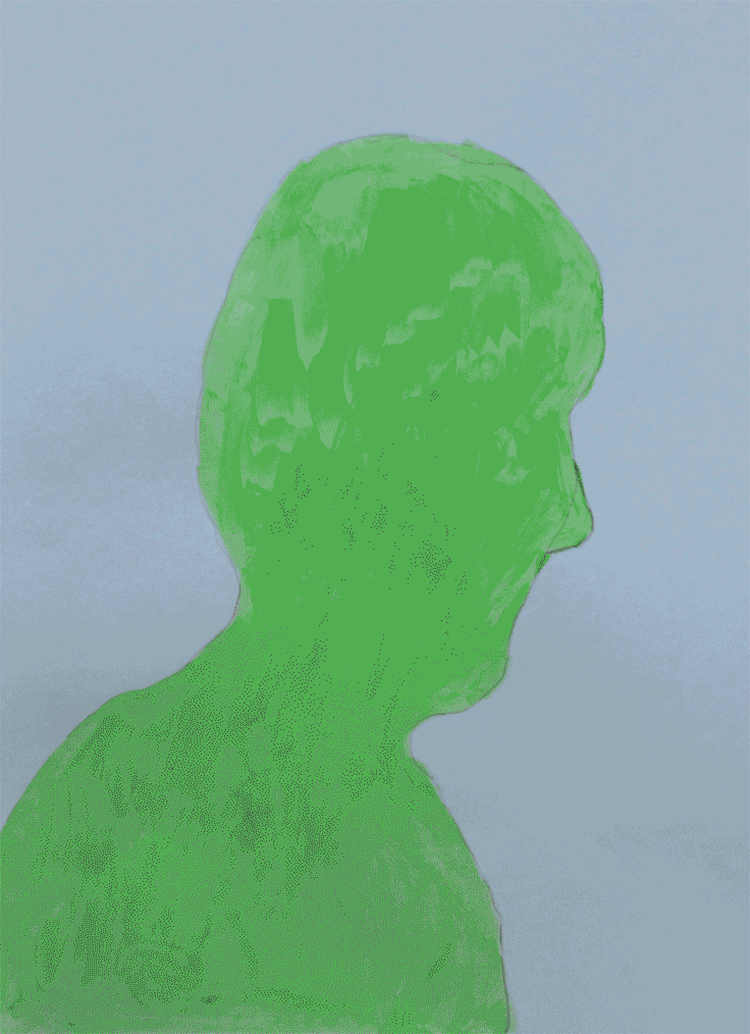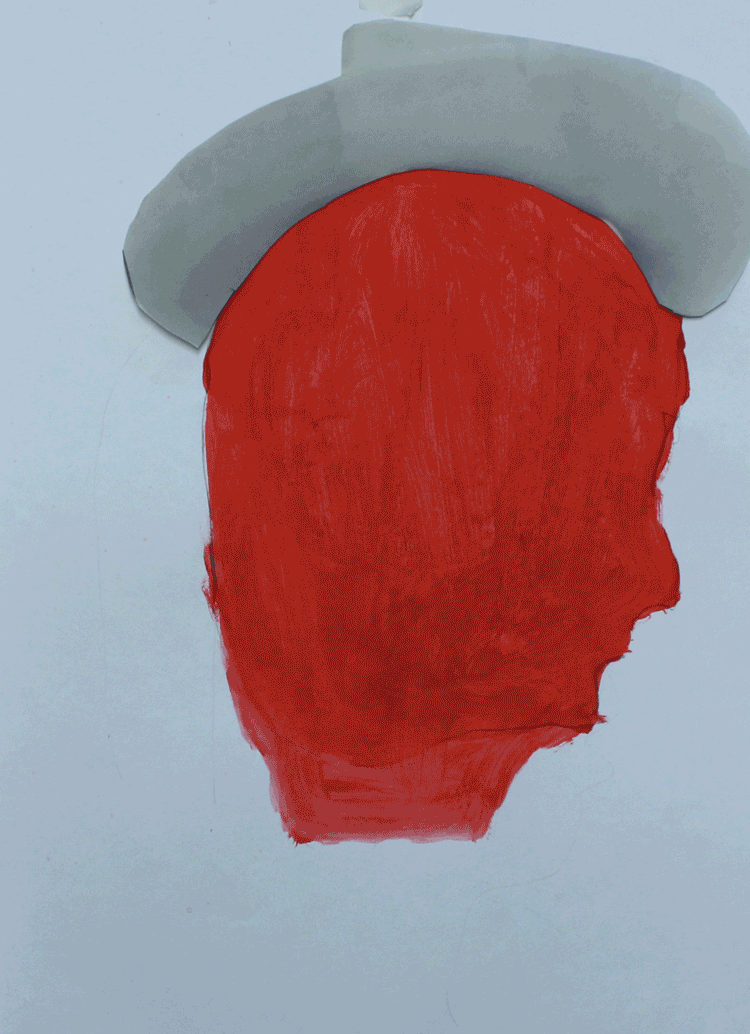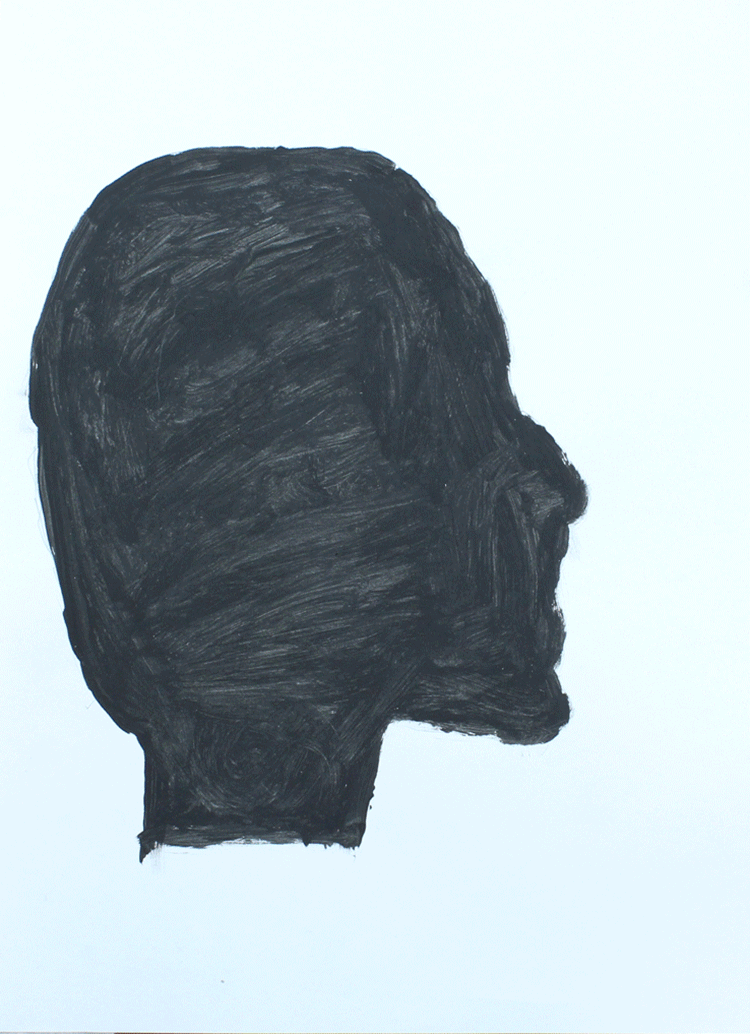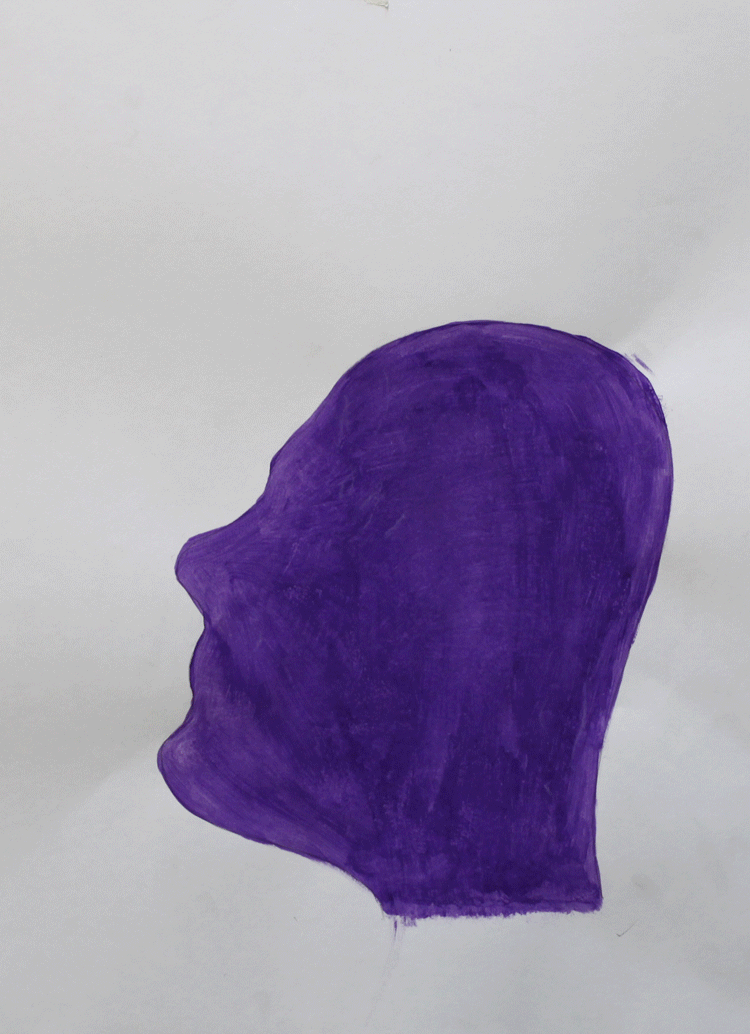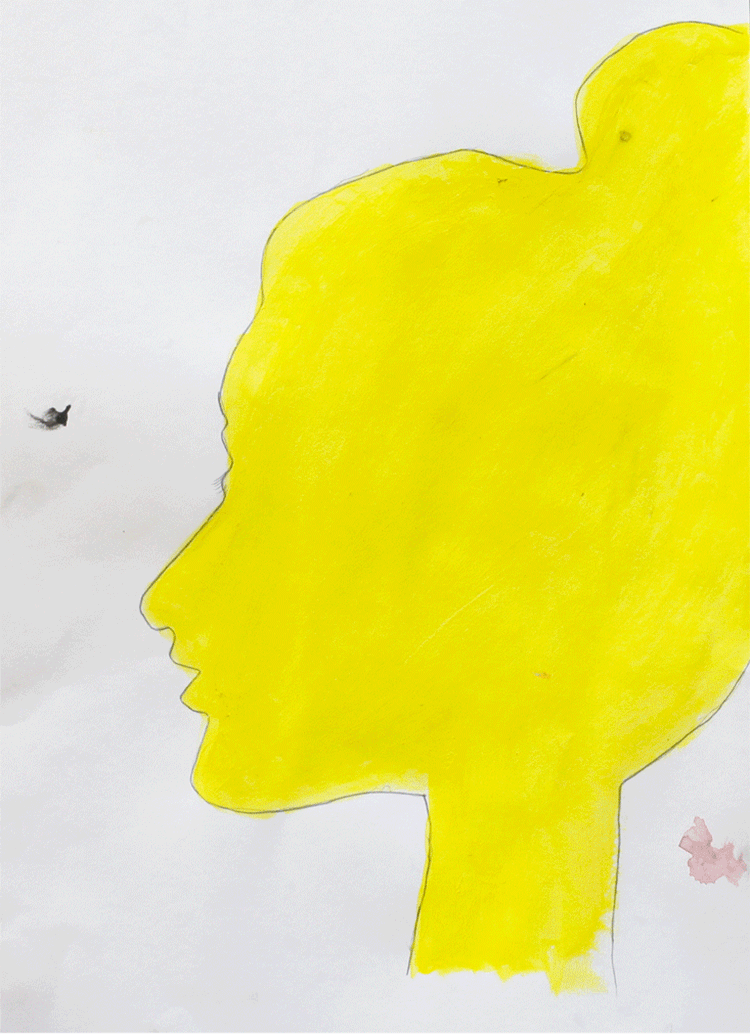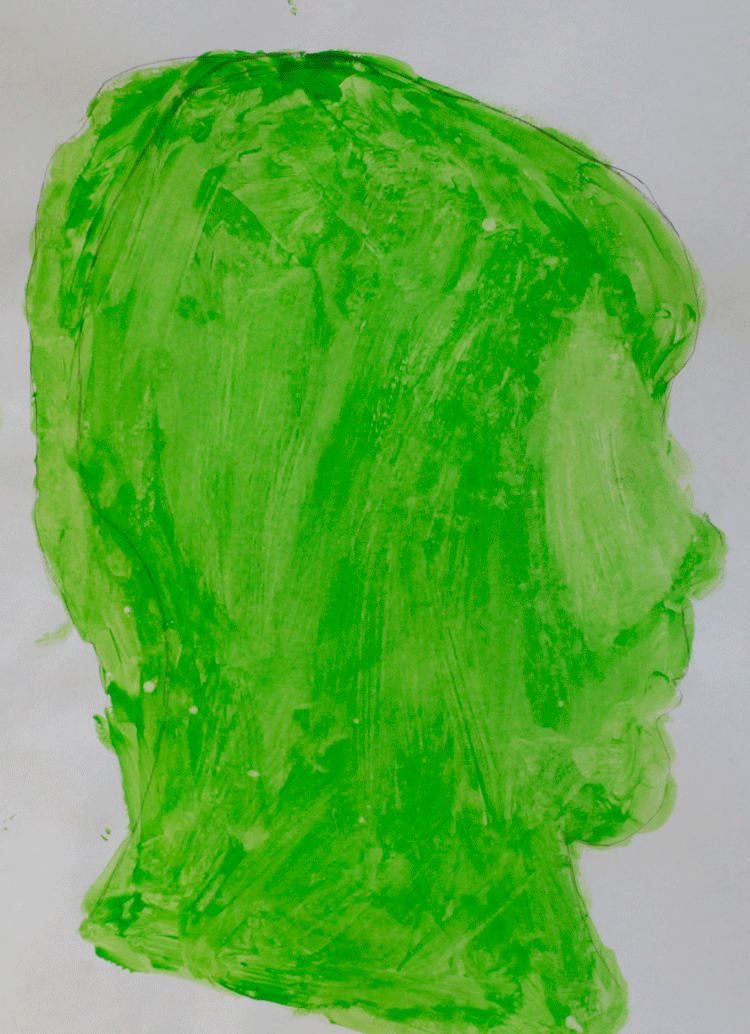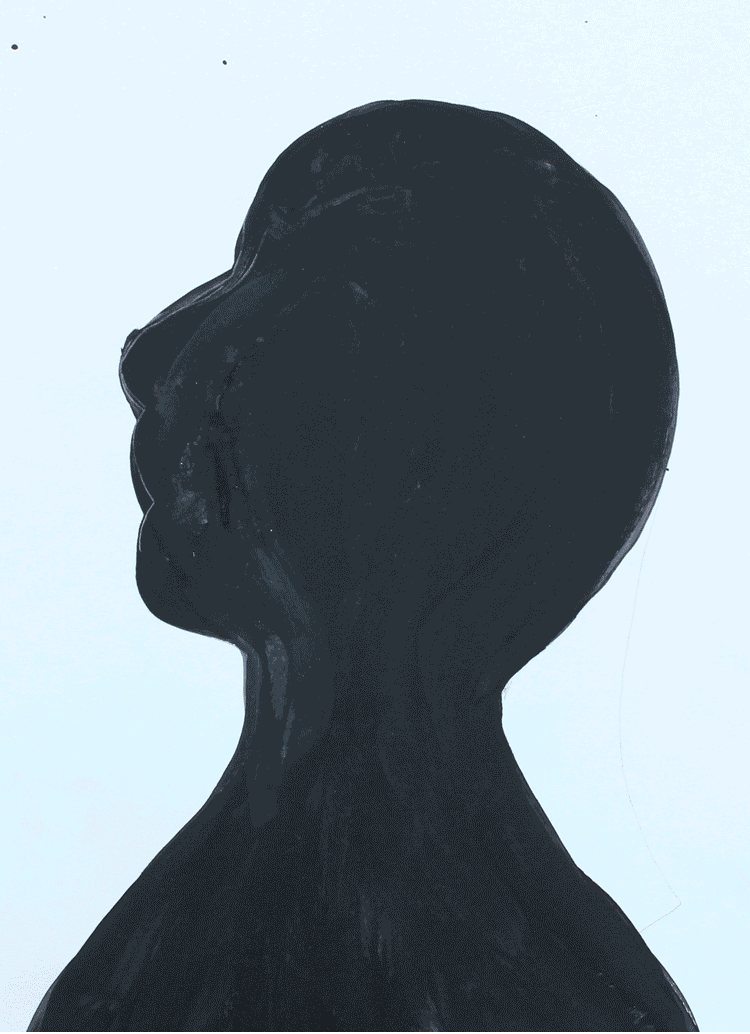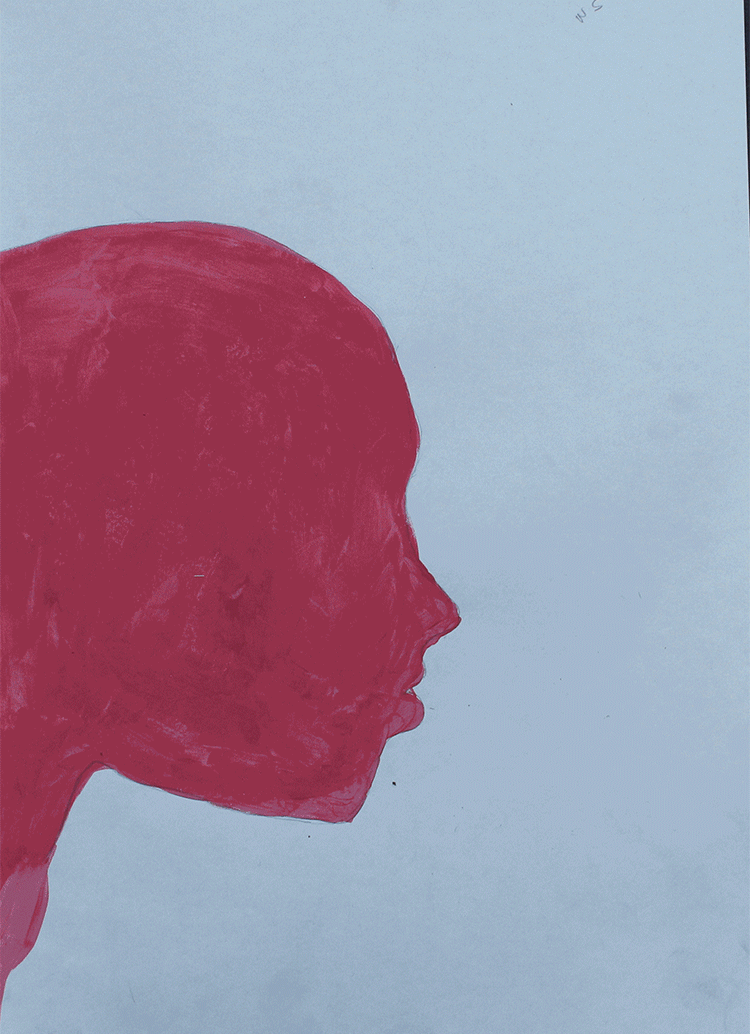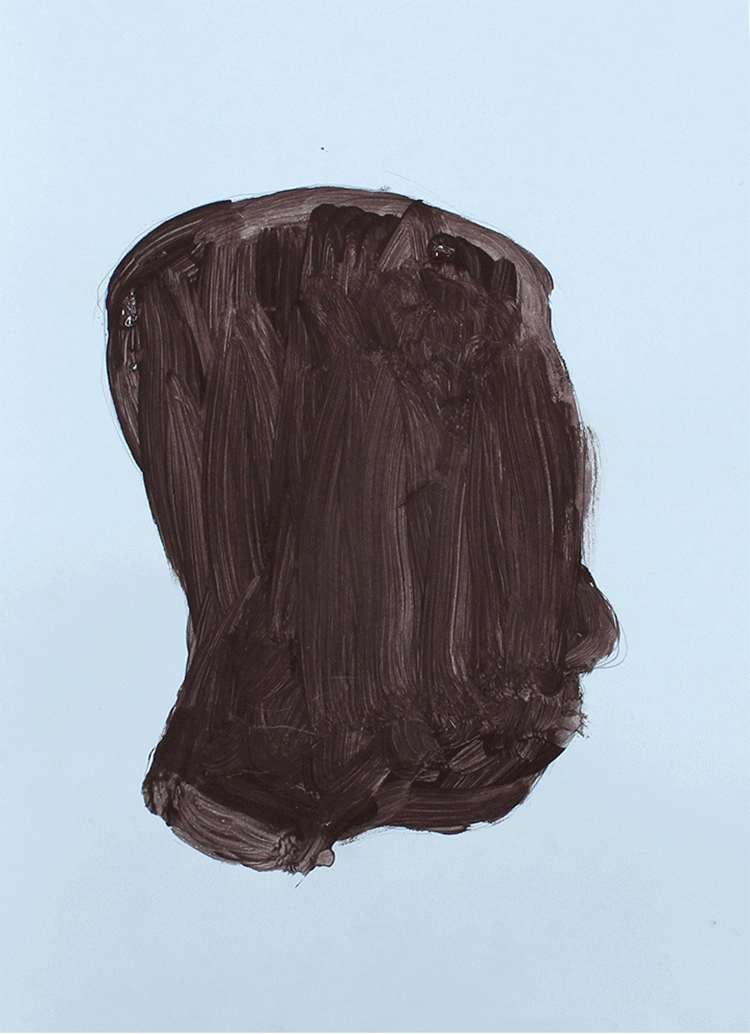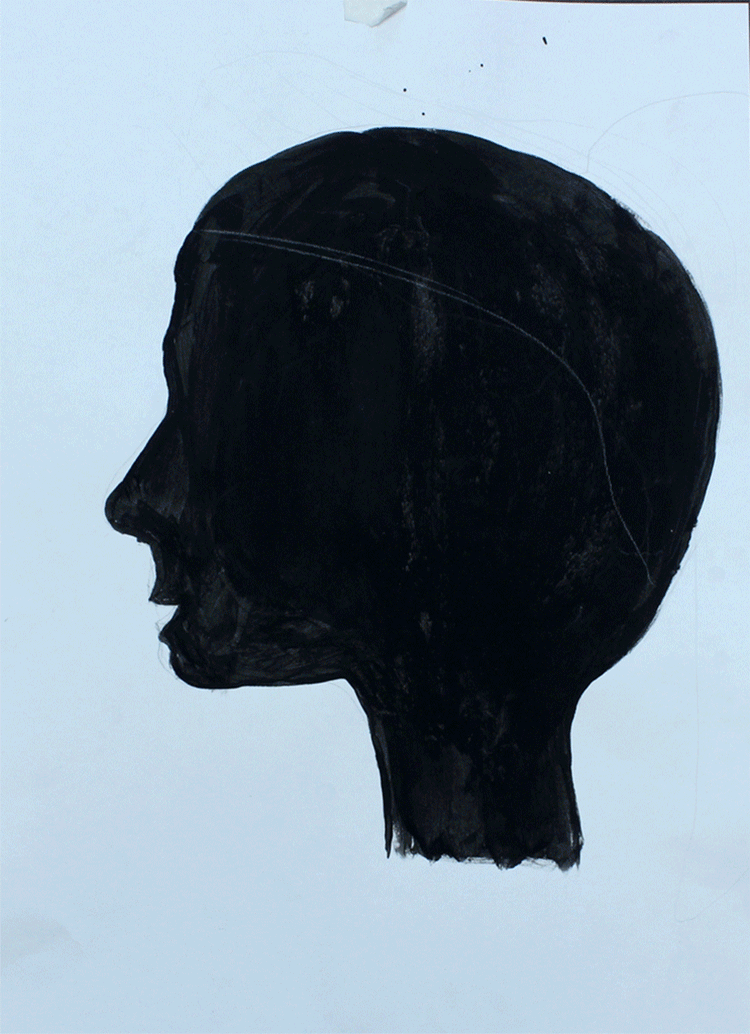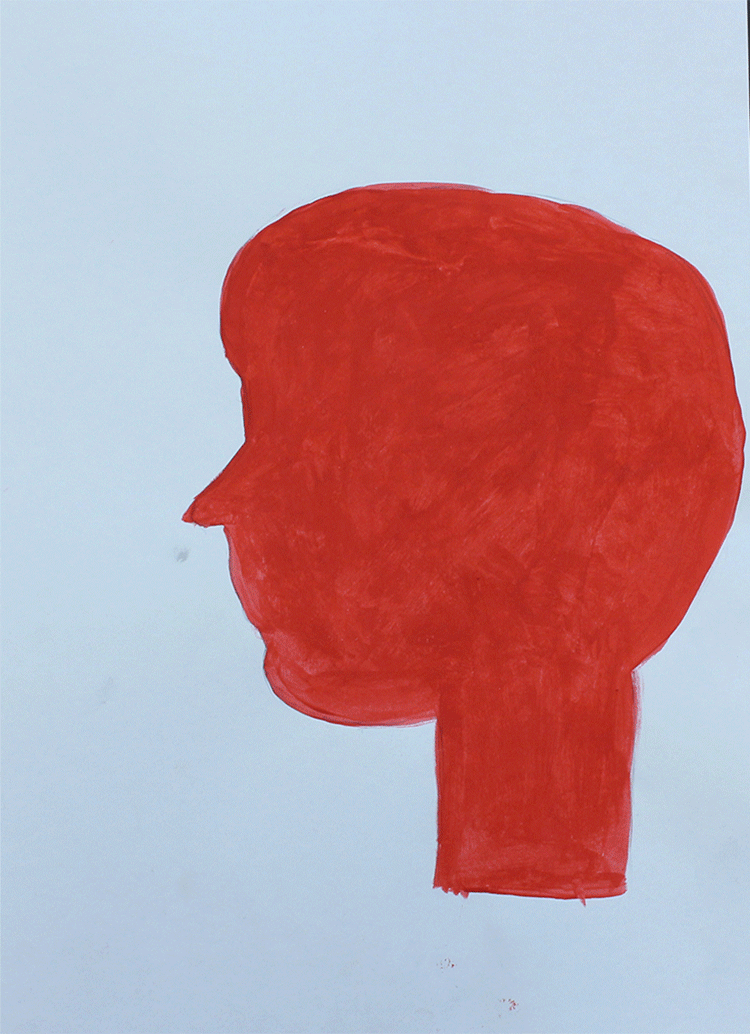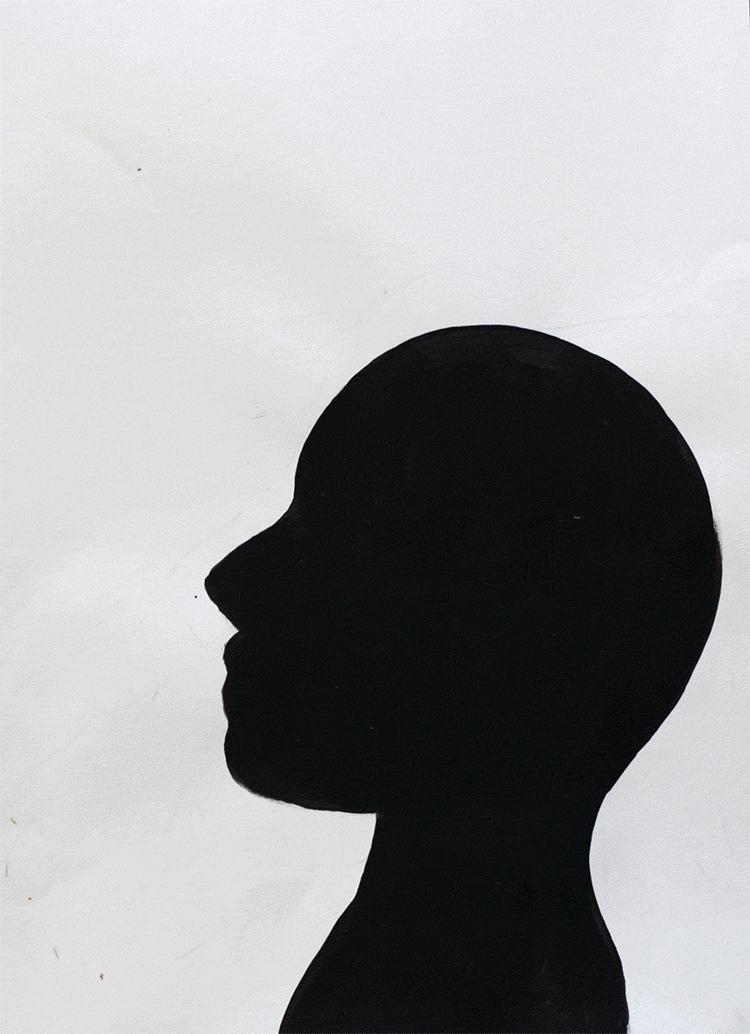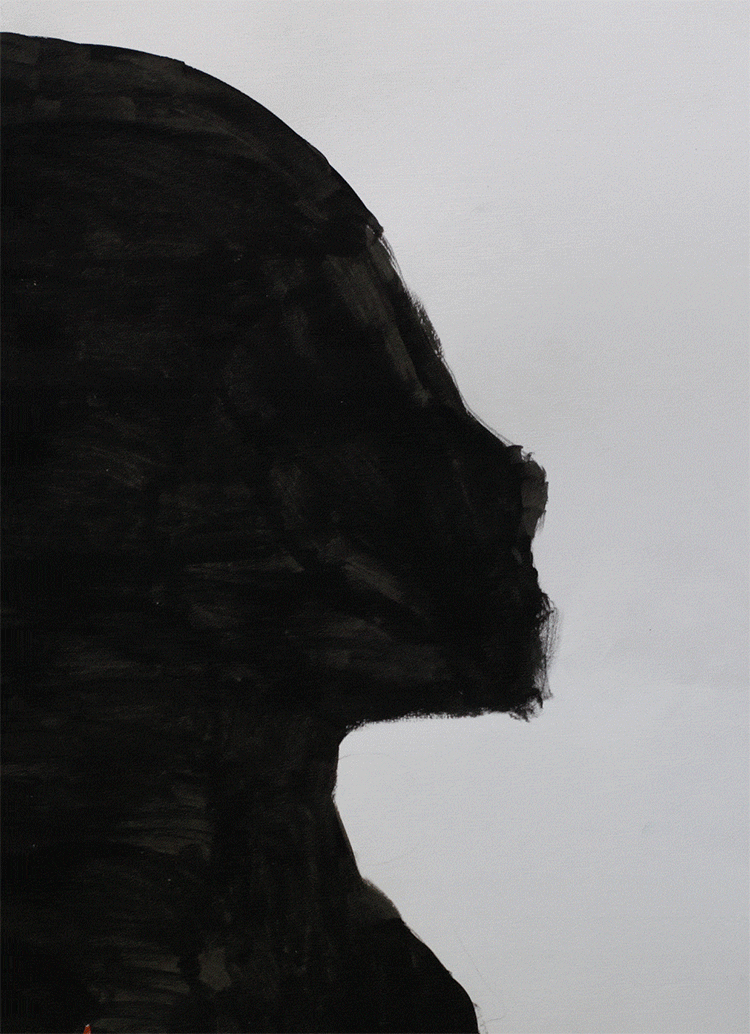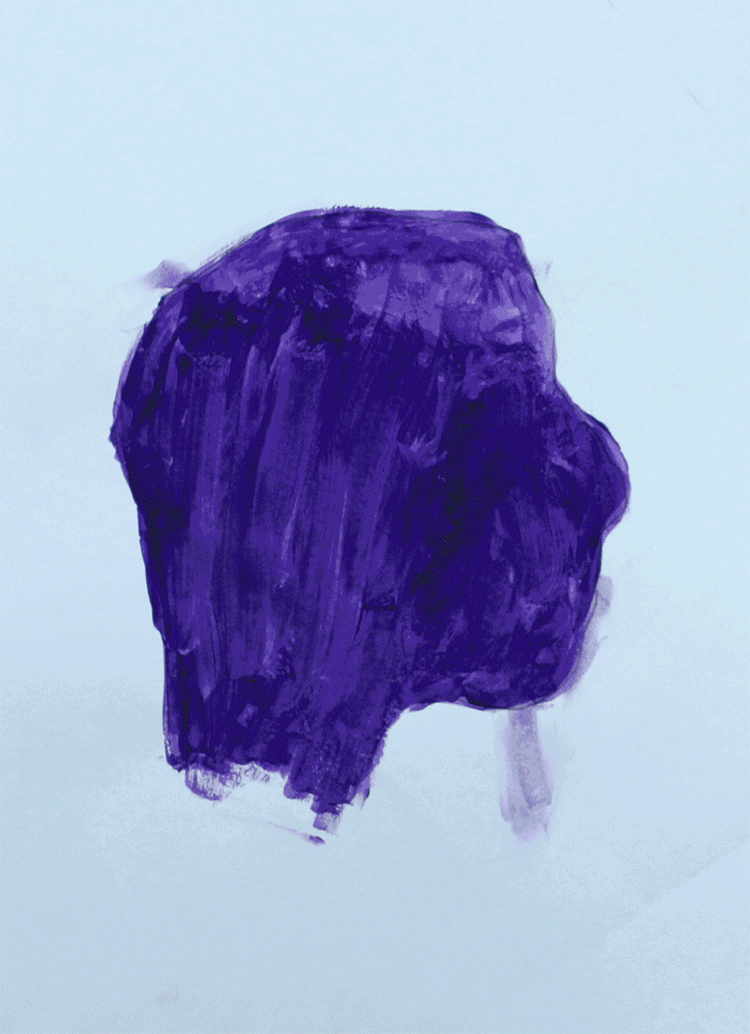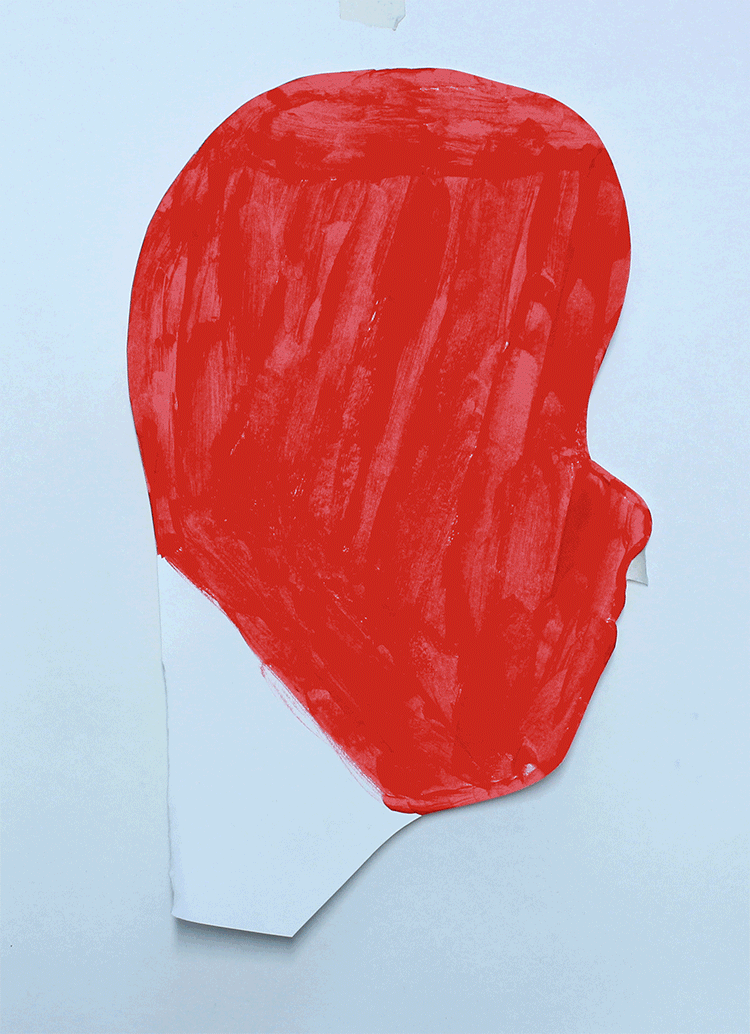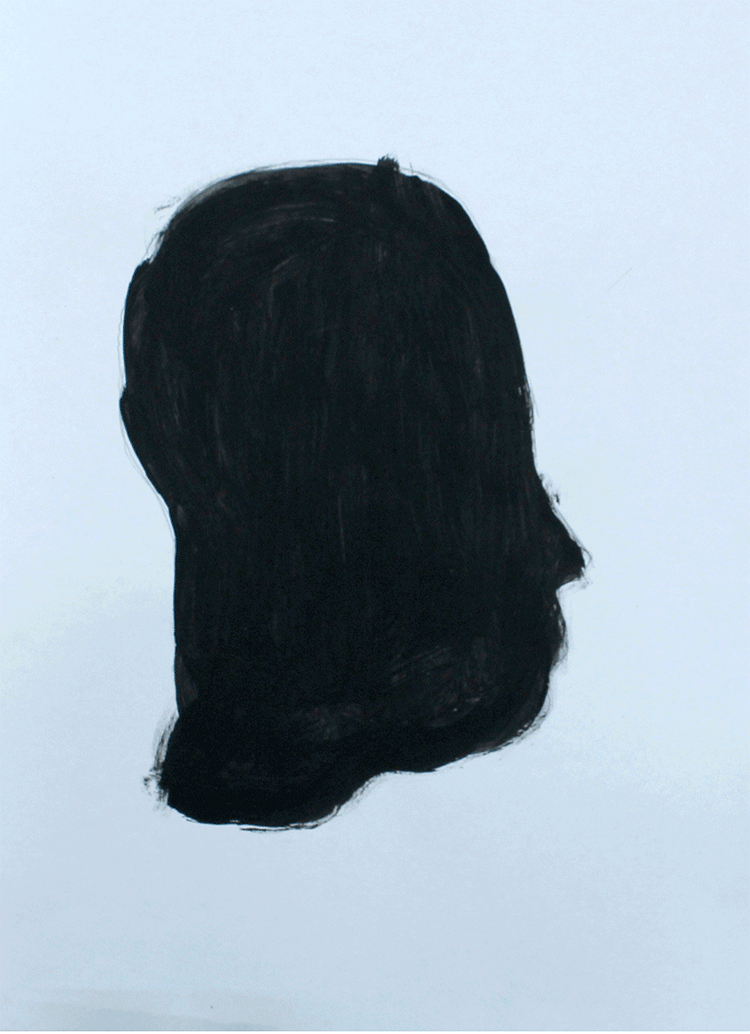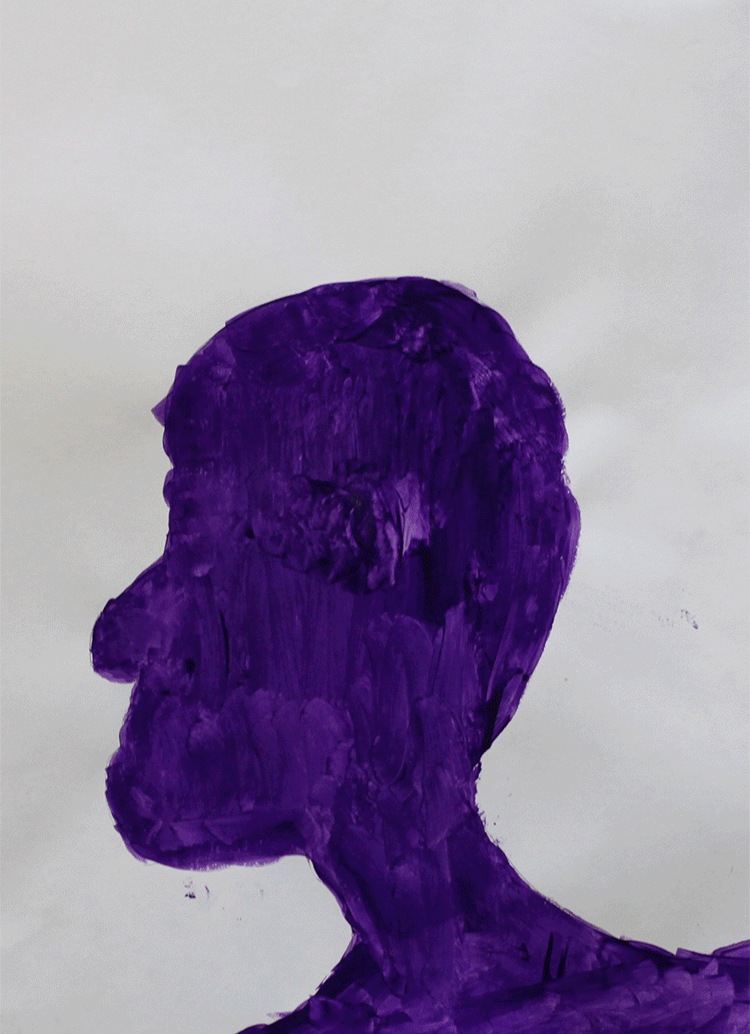Chepstow School
Portrait of Nathaniel Wells
There are no known paintings of Nathaniel Wells.
In 1803 the artist Joseph Farrington described him as:
'A West Indian of large fortune, a man of very gentlemanly manners, but so much a man of colour as to be little removed from a Negro'
Nathaniel Wells (1779-1852) was the son of a slave owner and an enslaved woman from St. Kitts. His father was William Wells who emigrated from a rich Cardiff family to St Kitts where he was a successful slave trader and latterly became a wealthy plantation owner. Nathaniel’s mother was a slave named Juggy. When he was nine Nathaniel was sent to London to be educated and in 1802, having inherited from his father, he bought Piercefield House, Chepstow, where he lived the life of a country gentleman. He was a magistrate, Deputy Lieutenant and Britain’s first Black County Sheriff. It’s possible he was the only person of African descent to receive compensation money from the British Government in 1834 for owning slaves.
Had he returned to his home, St Kitts, despite his wealth he would have been excluded from playing a part in a society run by the plantation owners. For instance, there he could not have sat on a Jury – here he became a magistrate and sat in Judgement.

